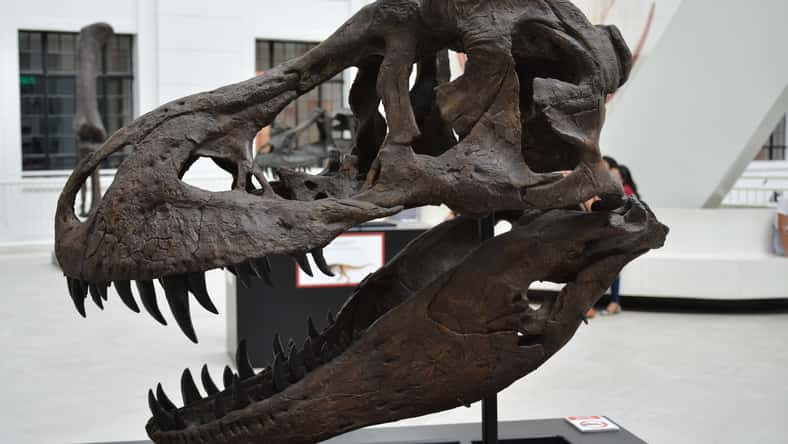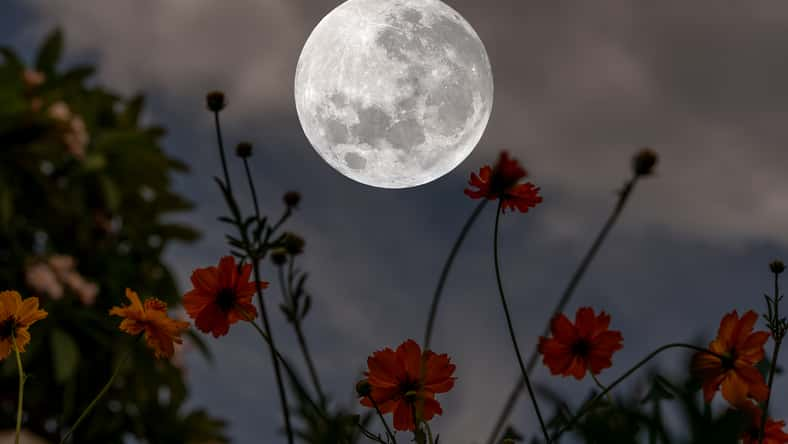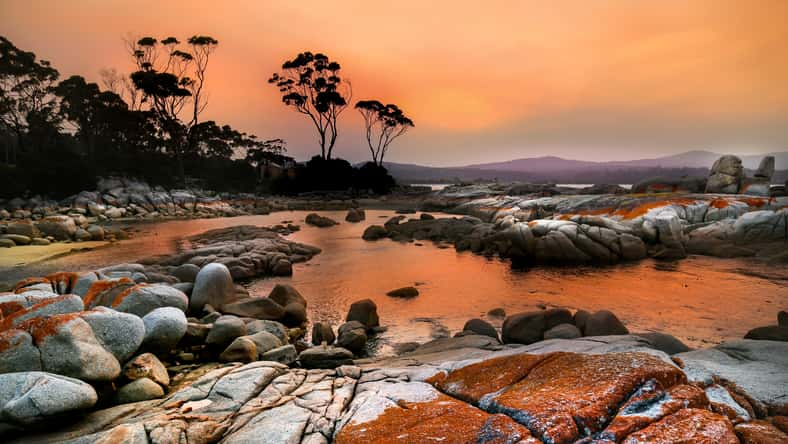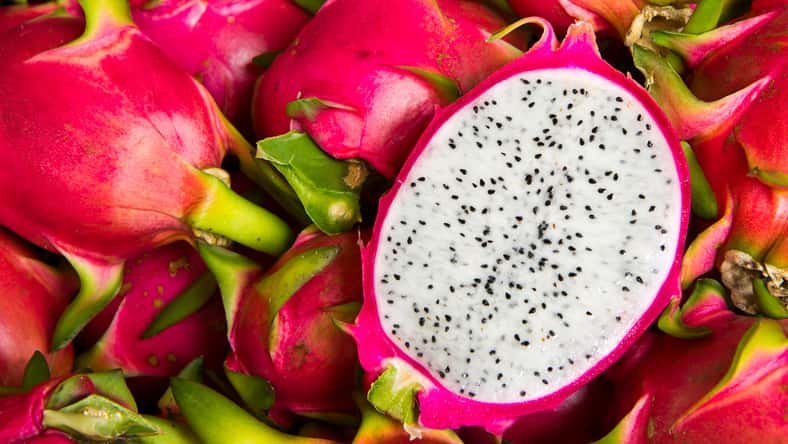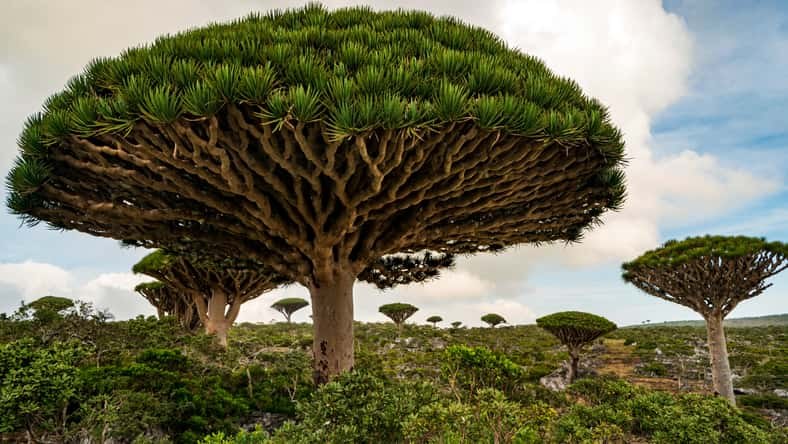
Due to intensifying threats from climate change, the dragon’s blood tree is struggling to survive. The species is found only on the island of Socotra in Yemen.
The trees are known for their canopies, which are shaped like mushrooms. They also contain a blood-red sap.
There were once many of these trees, but severe cyclones, invasive goats, and continuous turmoil in Yemen have contributed to the species’ decline over the years. Yemen is one of the poorest countries in the world and has faced a civil war for decades.
Socotra, the island where the dragon’s blood trees are located, is about 150 miles off the Horn of Africa. It is home to 825 plant species, and more than a third of them do not exist anywhere else on Earth. Each year, the island receives about 5,000 tourists. Its main attraction is the dragon’s blood forests.
If dragon’s blood trees were to disappear for good, the island locals would suffer from the decline of the tourist industry.
The trees are also crucial to Socotra’s ecosystem. Their canopies trap fog and rain, channeling the moisture into the soil below. This helps other plants thrive in the otherwise dry environment.
“When you lose the trees, you lose everything—the soil, the water, the entire ecosystem,” said Kay Van Damme, a Belgian conservation biologist who has worked on Socotra since 1999.
“We’ve succeeded, as humans, to destroy huge amounts of nature on most of the world’s islands. Socotra is a place where we can actually really do something. But if we don’t, this one is on us.”
In recent decades, severe cyclones have become much more common across the Arabian Sea. A particularly powerful cyclone in 2015 uprooted thousands of centuries-old dragon’s blood trees. Some were over 500 years old. Another cyclone in 2018 continued the destruction.
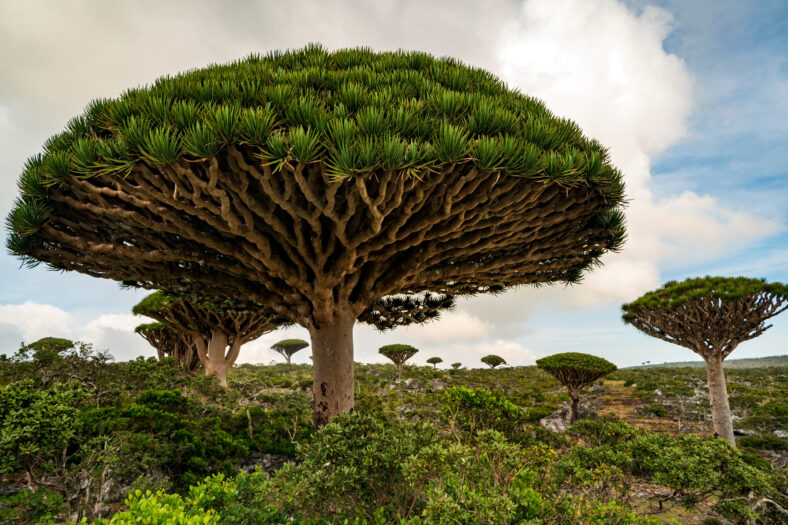
Sign up for Chip Chick’s newsletter and get stories like this delivered to your inbox.
The intensity of storms will increase with the rise of greenhouse gas emissions. Storms are not the only threat, though.
Dragon’s blood trees grow just about one inch each year. By the time they reach maturity, many have already been devoured by goats. Free-roaming goats on Socotra are an invasive species, and they like to eat the saplings.
So, the only place that dragon’s blood trees are really safe is within protected nurseries, where the trees will be able to survive and become more resilient to climate change.
However, such conservation efforts are being blocked by the civil war in Yemen. The region is unstable as conflicts between Houthi rebels and Israel progress.
Currently, policymakers are focused on providing essential services like electricity and water to citizens, so climate issues are on the back burner.
It’s up to the Socotrans to protect the trees, but resources are limited. The government is needed to make conservation a priority and save the dragon’s blood trees from extinction.


